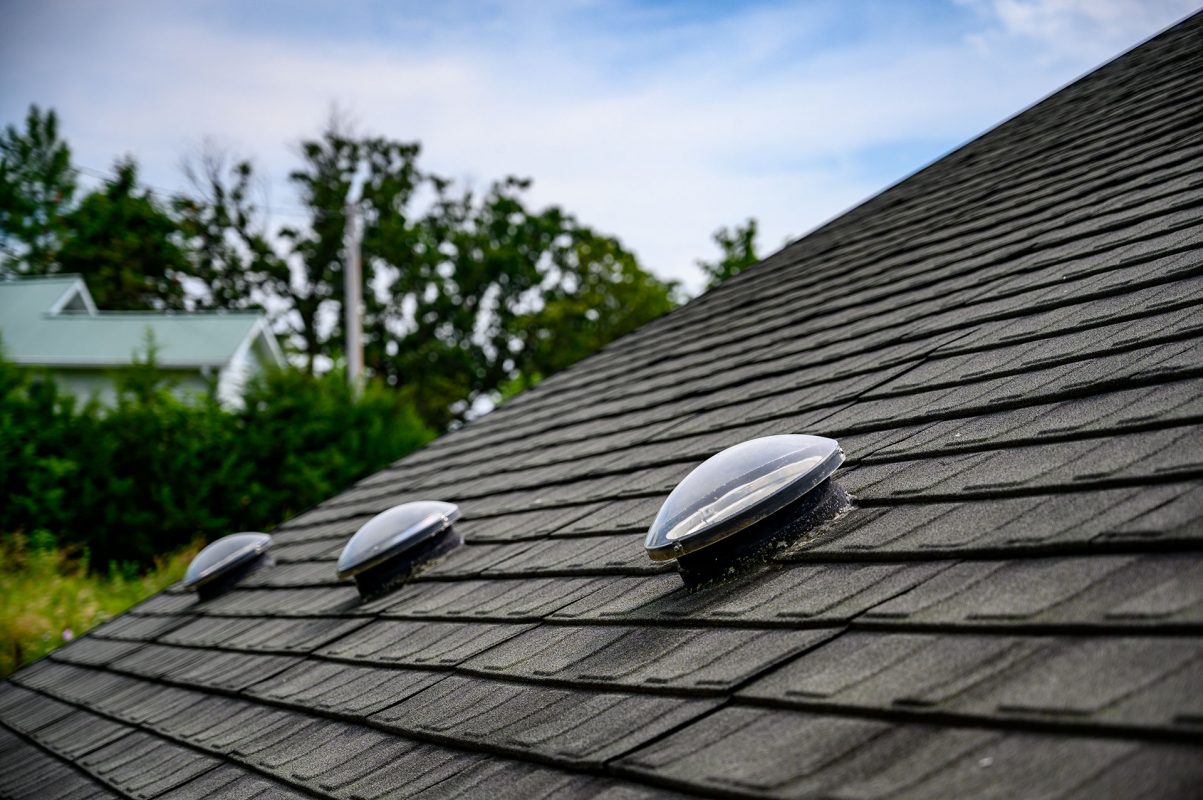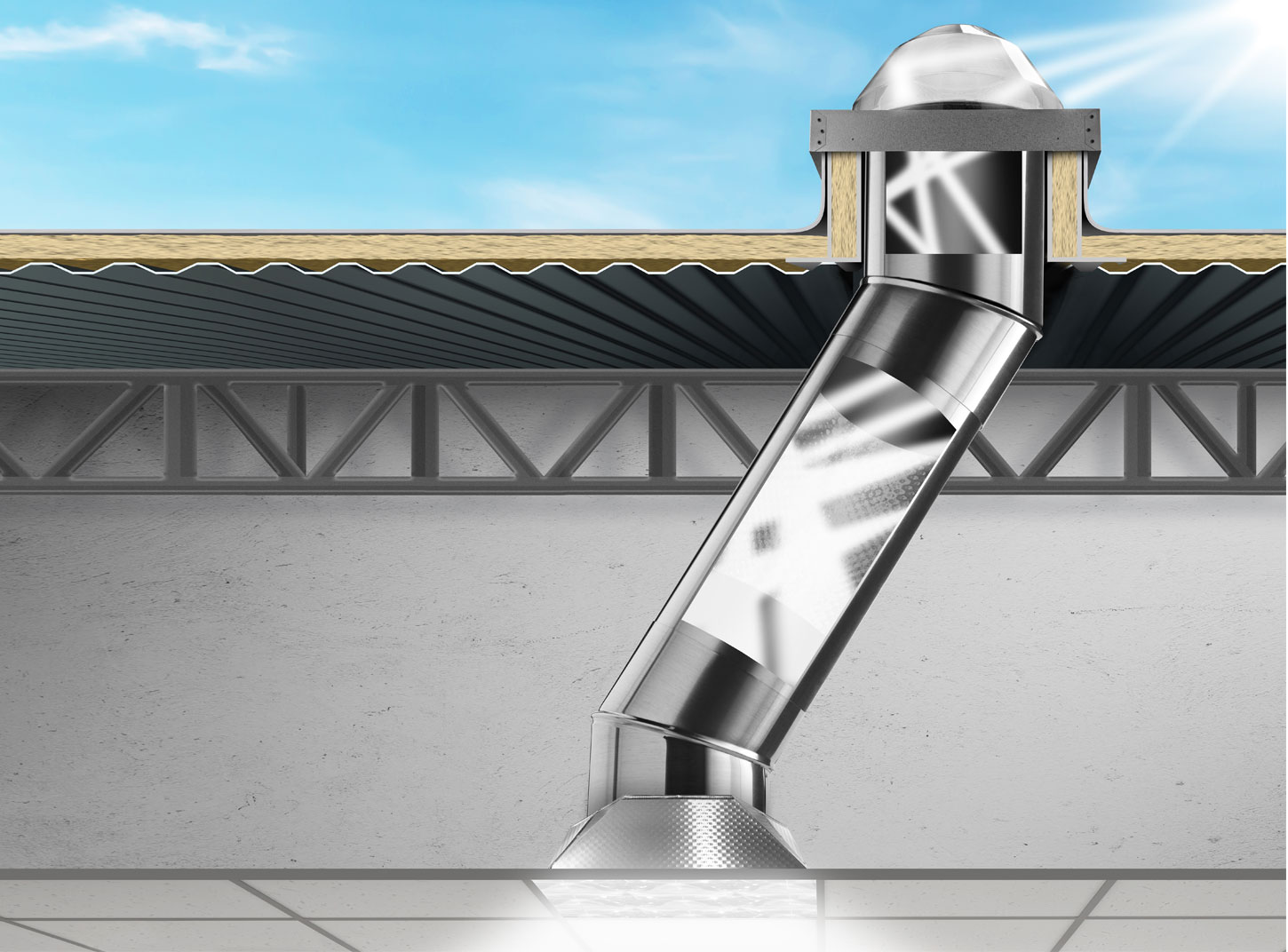Are you tired of living in a dark, gloomy home? Do you crave the warmth and brightness of natural sunlight, but don’t want to deal with the hassle and expense of installing traditional skylights? Solar tubes, also known as sun tunnels or tubular skylights, offer an affordable and effective solution to bring daylight into your home’s interior.
What Are Solar Tubes?
Solar tubes capture sunlight through a clear dome on your roof and channel it down a highly reflective tube, delivering bright, natural light to any room below. The tube is coated with a special reflective material that can transfer up to 98% of the captured sunlight, allowing it to provide exceptional lighting performance even on cloudy days.
Solar tubes are available in various sizes to suit different lighting needs and room dimensions. The most common diameters are:
- 10 inches: Ideal for small spaces like closets, hallways, and bathrooms
- 14 inches: Suitable for average-sized rooms like bedrooms, home offices, and kitchens
- 18 and 21 inches: Best for large living areas or rooms with high ceilings
Choosing the right size solar tube is key to achieving optimal lighting performance in your space.

Solar Tube Material and Installation Costs
The total cost of a solar tube installation includes two main components: the materials and the labor. Here’s a breakdown of what you can expect to pay:
| Tube Size | Material Cost | Installation Cost | Total Cost |
|---|---|---|---|
| 10 inches | $200 – $400 | $300 – $800 | $500 – $1,200 |
| 14 inches | $350 – $600 | $300 – $800 | $650 – $1,400 |
| 18 inches | $400 – $750 | $300 – $800 | $700 – $1,550 |
| 21 inches | $500 – $1,000 | $300 – $800 | $800 – $1,800 |
On average, most homeowners spend around $850 for a professionally installed solar tube. While this may seem like a significant investment, it’s considerably less expensive than installing a traditional skylight, which can cost $2,000 or more.
Factors Affecting Solar Tube Costs
Beyond the basic material and installation costs, several other factors can impact the total price of your solar tube project:
- Roof type and pitch: Special flashing kits or adapters may be needed for flat, steep, or non-asphalt roofs
- Ceiling type and height: Vaulted ceilings or long tube runs may require additional materials and labor
- Energy efficiency add-ons: Insulation, electric light kits, and dimmers can increase upfront costs but provide long-term benefits
For example, adding an electric light kit with a built-in LED bulb and switch can cost $100 to $300 extra, but it allows you to use your solar tube for nighttime illumination as well.

Solar Tube Cost Savings and Incentives
While solar tubes require an upfront investment, they can pay for themselves over time through energy savings and potential incentives:
- Electricity savings: A single 10-inch solar tube can illuminate a 200-square-foot room, potentially saving $50 to $100 per year on lighting costs
- Federal tax credit: Solar tubes with integrated solar-powered night lights may qualify for a 26% federal tax credit (decreasing to 22% in 2023)
- State and local incentives: Rebates, grants, and property tax exemptions may be available depending on your location
To maximize your savings, look for Energy Star-certified solar tubes and consult with a tax professional about claiming any eligible credits or deductions.
Solar Tube Maintenance Costs
Solar tubes require very little maintenance. The durable roof dome can withstand years of exposure to the elements, and there are no moving parts or electrical components to break down.
However, it’s essential to clean the dome annually with mild soap and water to remove dirt and debris that can reduce light transmission. Inspect the flashing and sealant around the dome for signs of damage, and reseal as needed to prevent leaks.
If your solar tube is not properly insulated, condensation can form inside the tube, leading to water damage and reduced light output. In this case, your installer may recommend wrapping the tube with R-15 or R-19 insulation, which can cost an additional $50 to $100.
Is a Solar Tube Right for Your Home?
To determine if solar tubes are a good fit for your home, consider the following factors:
- Location: Ideal for rooms that require a lot of daytime lighting, like kitchens, bathrooms, and home offices
- Roof orientation: South-facing roofs provide the best sun exposure, but east- and west-facing roofs can also work well
- Attic space: A clear path from the roof to the ceiling is needed for proper tube installation
- Roof type: Asphalt shingle roofs are the easiest to work with; metal, tile, or wood shake roofs may require special flashing kits
- Climate: UV filters and insulation can help reduce heat gain in hot climates and prevent condensation in cold climates
- Budget: Start with one or two tubes in the most sun-facing rooms and add more later as your budget allows
By carefully evaluating your home’s unique needs and characteristics, you can determine whether solar tubes are a worthwhile investment for you.
Conclusion
Solar tubes offer an affordable and effective way to bring natural light into your home while reducing your reliance on artificial lighting. With an average installed cost of $850 per tube, they’re significantly cheaper than traditional skylights and can provide substantial energy savings over time.
To ensure a successful solar tube installation, be sure to:
- Choose the right size and location for your needs
- Hire a reputable installer with experience in your area
- Opt for high-quality, energy-efficient products with good warranties
- Take advantage of any available tax credits or incentives
- Maintain your solar tubes with regular cleaning and inspections
By following these tips and carefully considering your options, you can enjoy all the benefits of natural light in your home for years to come. So why not let the sunshine in and brighten your day with solar tubes?